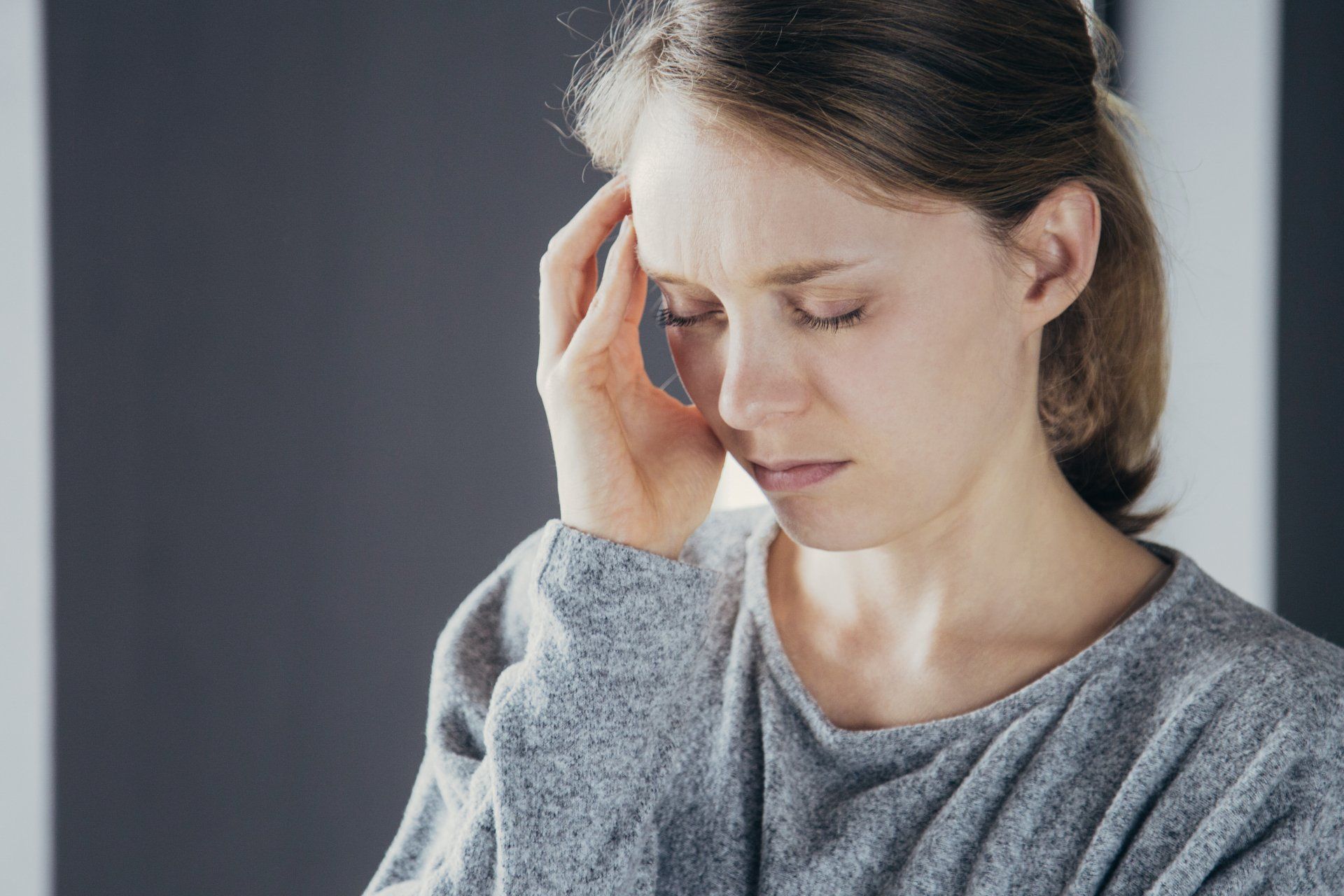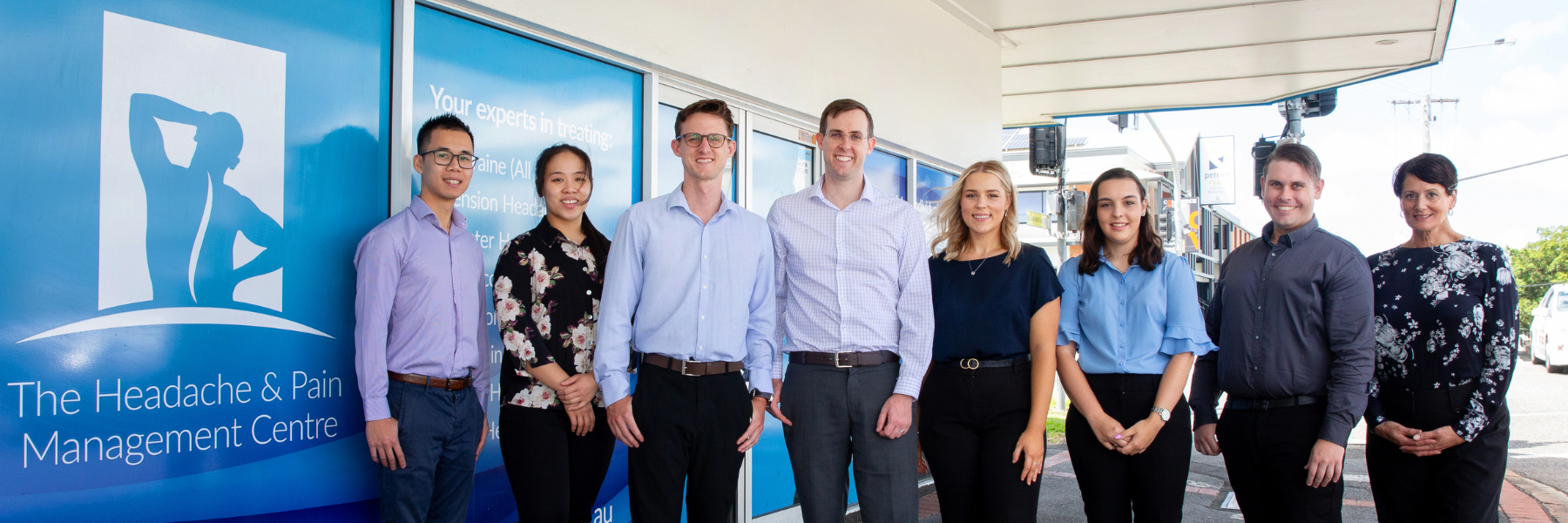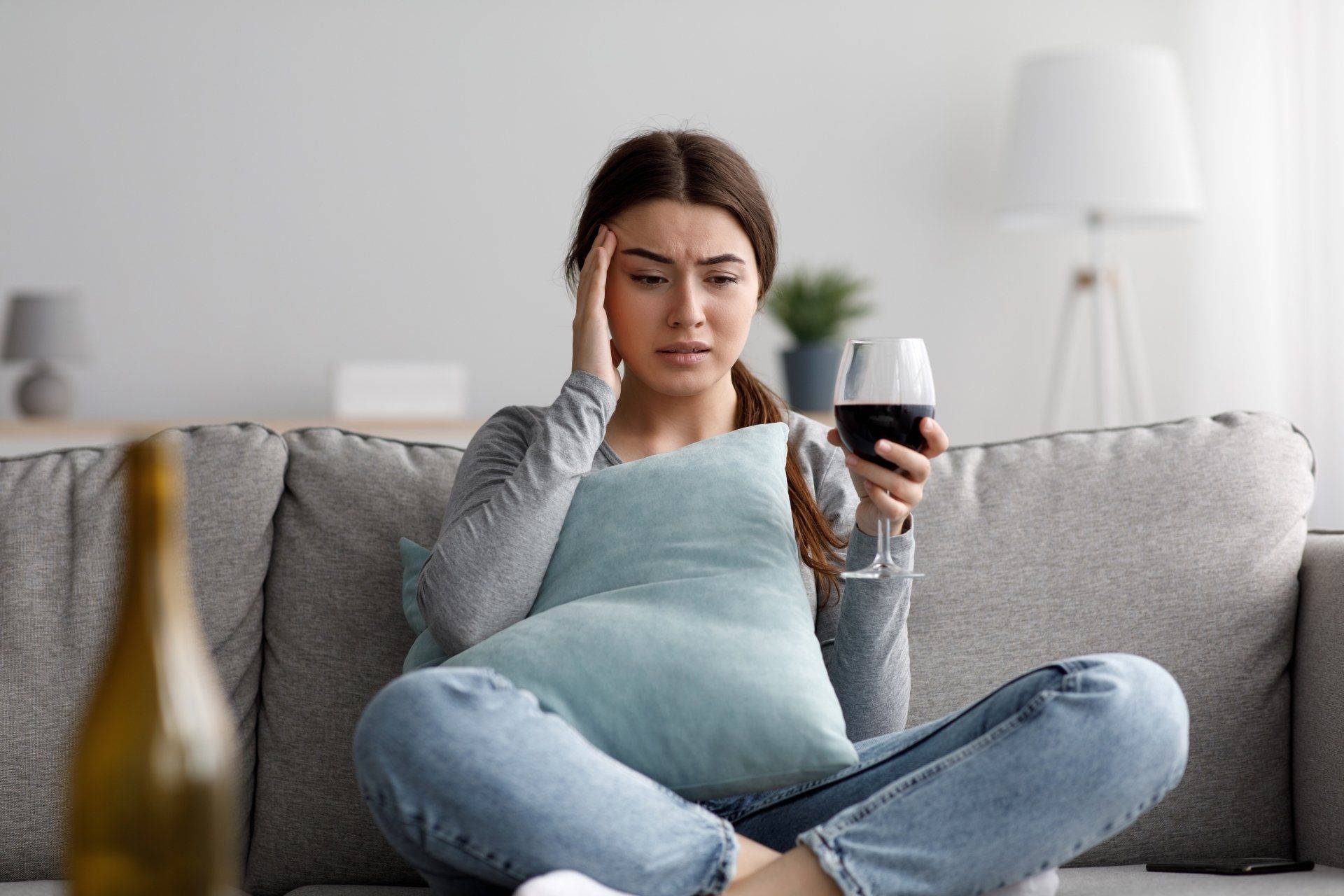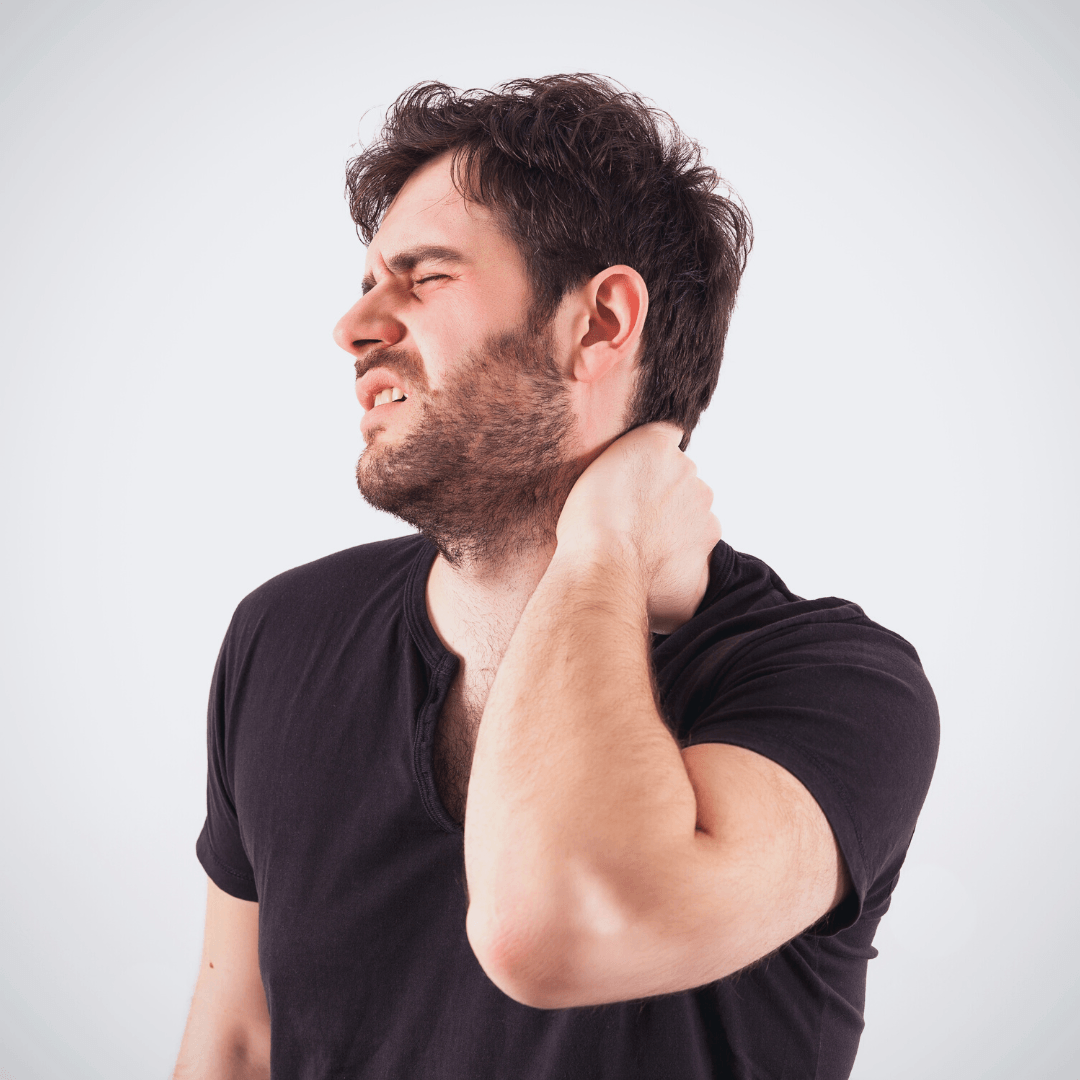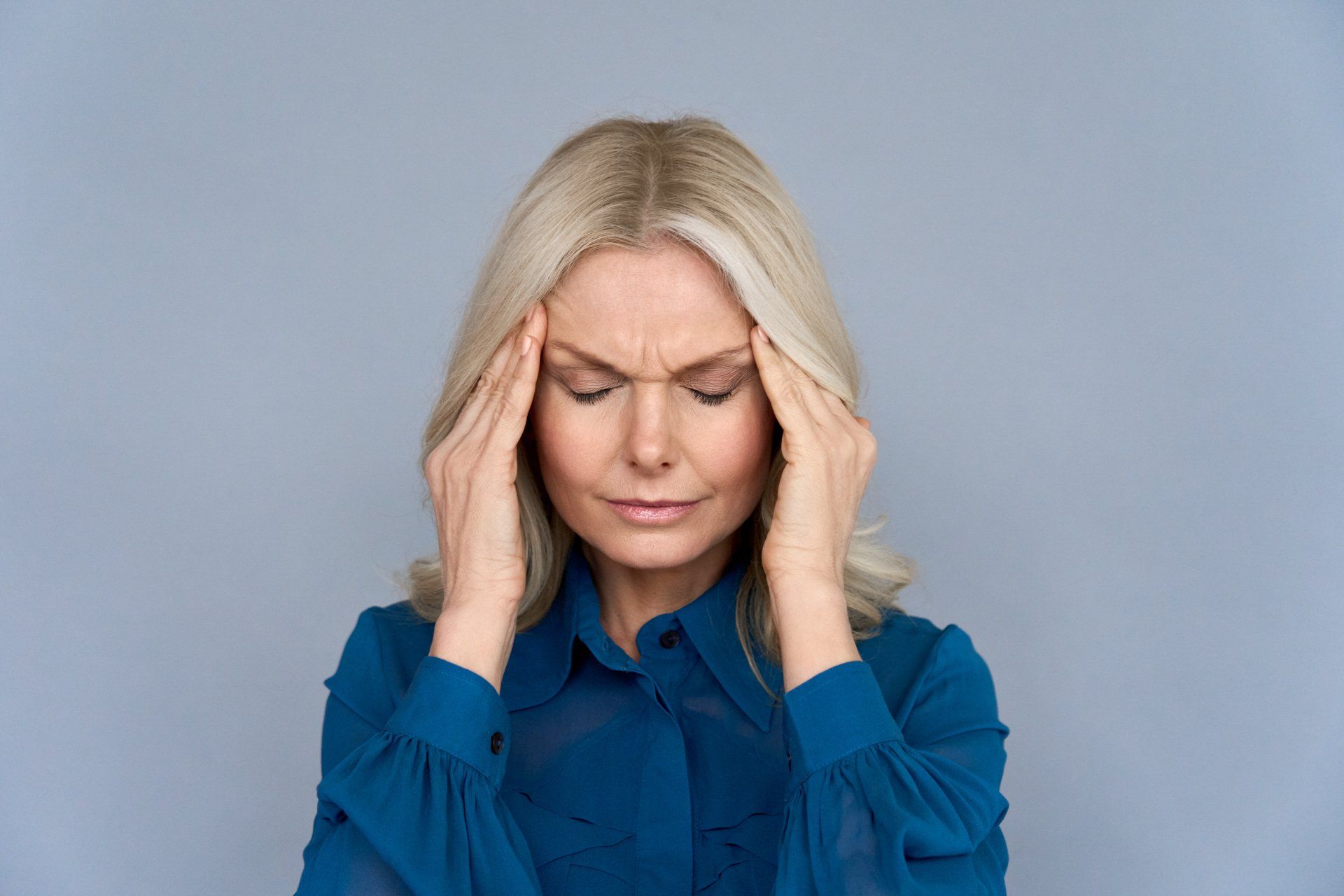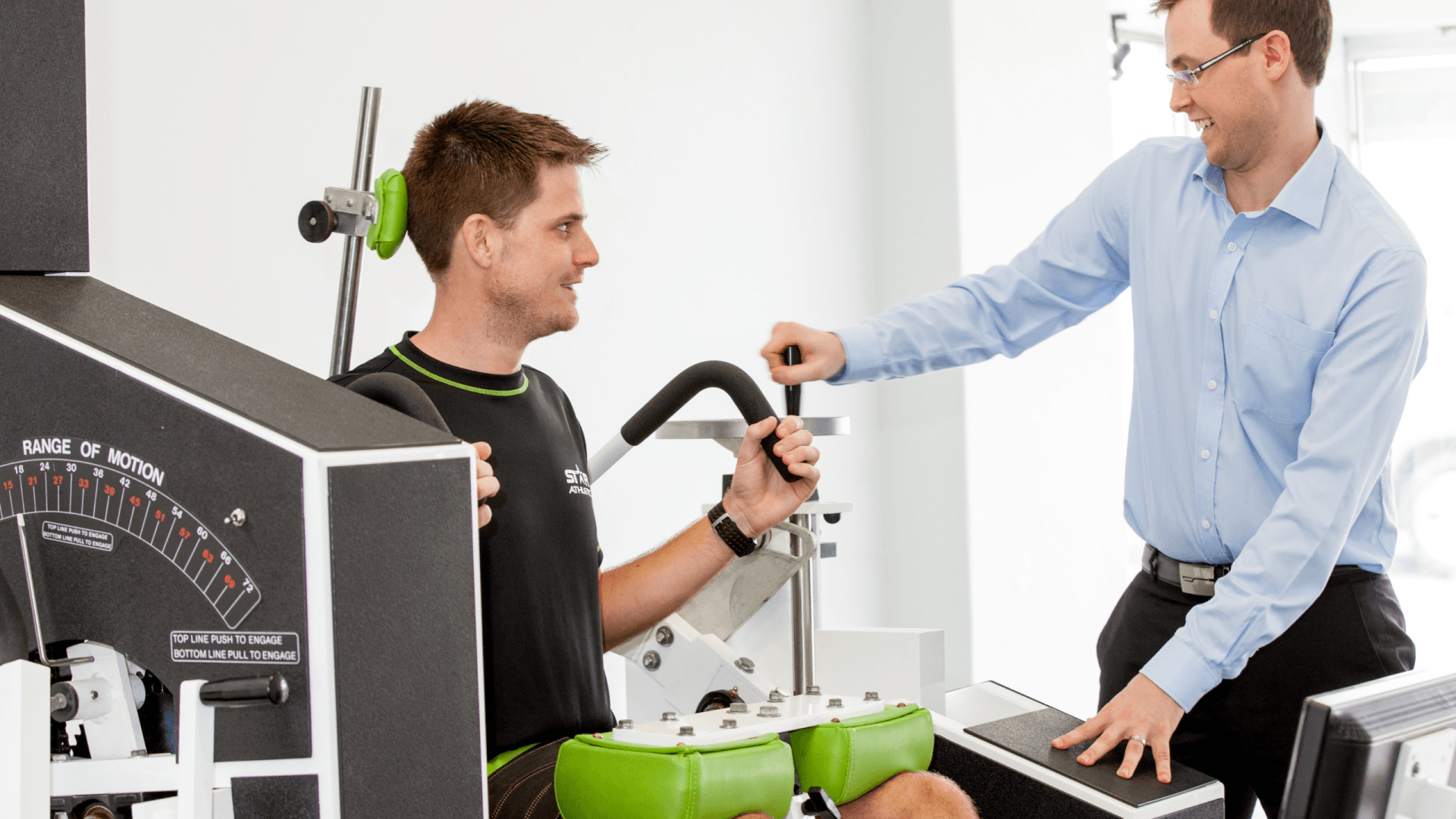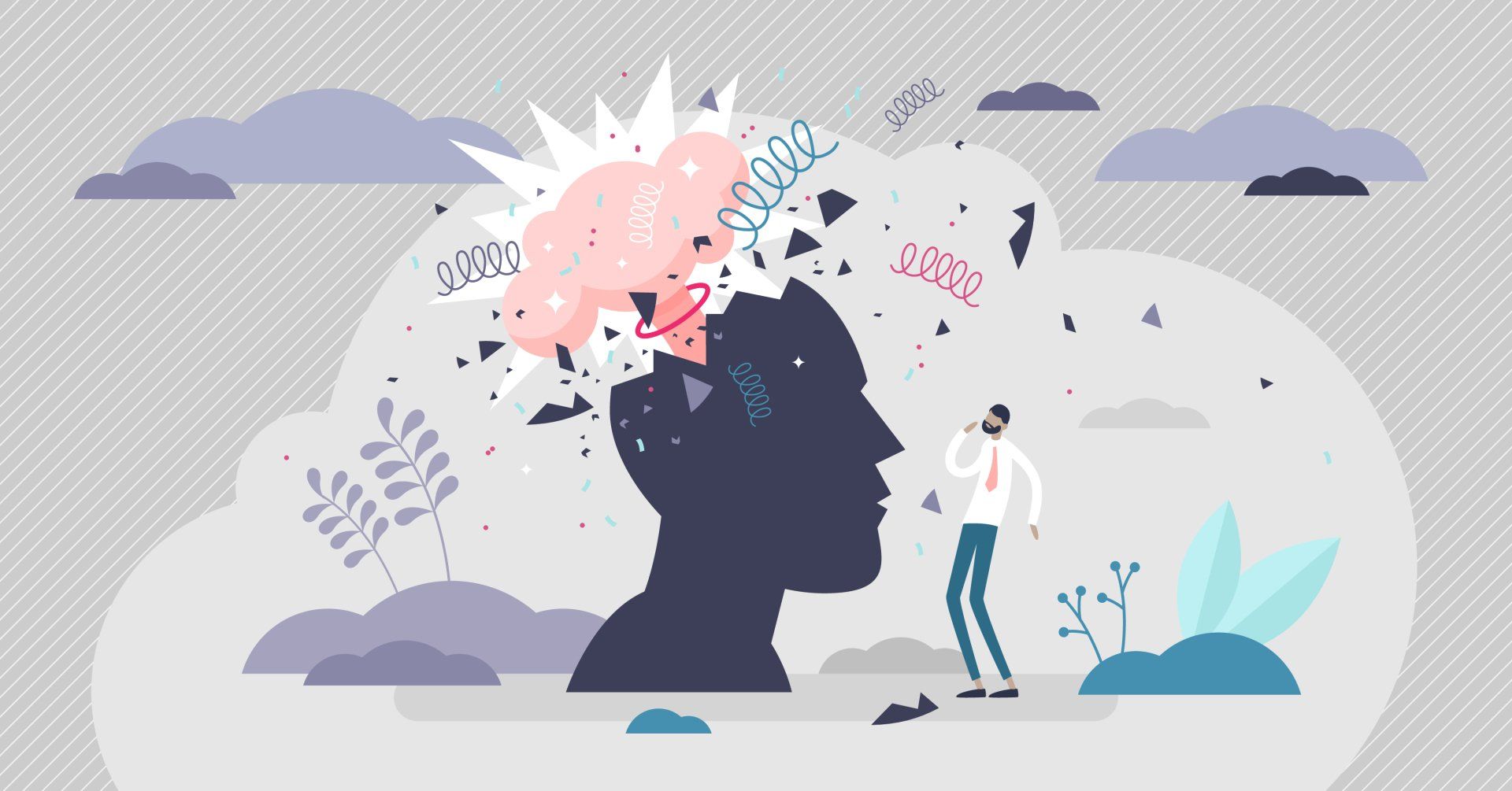How the narrative around pain is hijacked by drug companies
Transcript
"Good morning, everyone. Chris from the Headache and Pain Management Center here for your Monday morning. Big weekend over here in Australia with a lot going on on the news. And I thought that today, I was reminded that sometimes, all might not be as it seems when it gets reported on the news.
I thought I'd talk about something that's very close to our heart here at the Headache and Pain Management Center, and that's chronic pain, particularly back pain and how these symptoms and how the management of these is hijacked by drug companies and are hijacked by people with vested interests, making a lot, a lot of money. If you're joining me, type in below and say hello. I'm happy to answer your questions as we go through.
So, yes, as we saw on the weekend, there was a bit going on in the news, and it was a little bit unexpected. People probably didn't see that coming. And the thing is with this is that we're often fed a narrative by our media and our information sources that may be... everybody's saying it, so therefore, it must be true. And unfortunately, sometimes, this narrative can be hijacked by people with vested interests.
When we're talking about pain, the biggest vested interests when it comes to pain and indeed any medical condition is the pharmaceutical industry, so they are the big players. So there's a wonderful book that I read a couple of years ago called Bad Pharma which is written by an author named Ben Goldacre, who talks a lot about how this operates. And basically, a lot of the turnover, in fact, somewhere around 30% of turnover of drug companies is actually done in marketing. It's actually not done in research and development, but rather marketing.
When it comes to pain, what we know about pain from the science is that basically, when pain happens, it's actually a product of the way that your brain is interpreting the signals that are coming in from your environment, and it's an individual experience. Everyone's experience of pain is different. So some are going to have a lot of input going into their system, so I can have quite a large injury or quite a large amount of tissue damage and have a little to no pain. And some people can have a small amount of pain and a small amount of tissue damage and have a large amount of pain.
Now, the way that this is very cleverly marketed by the drug companies is basically looking at treating pain, and having a migraine and headache is even worse, by actually having all of these drugs that have been advertised because they might help. It's actually not dealing with the issues, not dealing with how the pain is actually caused, but rather, giving you symptomatic relief, and what we find as well is, and you would have seen this over the years where drugs that are coming to market, where basically, they're advertised for the wrong reasons.
The biggest thing that's going on in the US at the moment in this regard is what's called the opioid crisis, whereby there is a huge amount of people overdosing and dying, in fact, from opioid medication. Now, we do know that opioid medication is extremely good for dulling pain, so it's very good for dulling acute pain. So having, say, for example, if you know the greenstick in the ambulance or if you've broken an arm or if you're having some kind of very large injury at the very beginning where there's a big gash on your leg or something, it's very common to use an opioid medication on post-surgery just to decrease the pain of that major surgery.
But what happened is that these drugs were being marketed as a panacea for people with chronic non-cancer pain. Now that's a problem because what we now know about chronic non-cancer pain, so pretty much everything that, well, most things are coming through this door anyway, is that codeine opioid medications actually sensitized your system more. So it actually makes your pain worse. It makes your system more sensitive to input, and therefore, it's actually making your pain worse.
When you're taking the medication, yes, you might actually get a hit. Actually, you might feel better for a little while, and then it comes back again. And the problem is that your body starts to crave that hit, and then it causes the pain to come back when you don't have it. So it's actually a rebound type pain rather than the pain that you originally had. So your brain is actually chemically changing when you're on these opioid medications, and it's causing a whole myriad of problems when this happens.
So a lot of fake news that's out there about codeine opioid medications and so on is that they're really good in treating chronic pain. But the matter of fact is that they're not. Actually, they might be good at taking symptoms away, sometimes, but it's actually not great at being able to be a long-term solution for your pain.
There's a few things that are actually taken in the research and what we now know about this is that when it comes to chronic pain, the basic things are actually the best. So reducing the fear and anxiety when it comes to movement, so knowing why your pain is there. Having a plan to know what to do about it when you have the pain, so that can be anything from movement to exercise to understanding how pain works and reminding yourself that everything's okay. Being brave enough to move because a lot of the time moving actually gets rid of pain instead of doing things like doing nothing, so sitting on the couch or staying in bed.
There's a really big misconception out there in the pain community, and you can see it all over Twitter, all over Facebook with these very, very high ranking researchers talking about the epidemic and talking about the crisis when it comes to the treatment of pain. So talking about we need to move the paradigm from looking at passive approaches from medication to actually doing more active things, so taking ownership and taking responsibility of how the pain works and having a plan of attack to actually deal with the pain long-term.
Now, I'm not saying this is easy. I'm not saying that treating pain is an easy thing at all. We know it's not. If someone has had pain for 15, 20 years, we know it's going to take weeks and months of being able to educate, learn how to move again, teach exercises, and get strong for us to get anywhere near tackling what's going on. We know that there's no miracle cure for this. We know that opioid medication is just not the way to go.
So the key thing is for anyone who's in pain is actually educate themselves as about how pain works. So how the signals actually transfer from your body up into your brain, how your brain processes it, and then how you perceive the world going on around you, so that you make sure that you have all of the tools and all the information to know how your pain operates. So you can have the tools, the treatments, and the strategies to be able to get through your daily life and actually get things going really, really nicely.
I hope that's been helpful. Opioid medication is great in some circumstances, but as a long-term adjunct to chronic pain, it isn't. You actually need to do more active things.
If you've got any more questions about how this might work, I know this might be a little bit paradigm shifting for some people. You might not have heard it before. Please stop in below because I really love talking about this stuff, and I'd really love to get to the bottom of your pain problem for you here online, or we can start a conversation in private message, or we can even have a chat over the phone if you wish. Click here to get in contact.
I hope that's been helpful. What was the best part of the video for you? And we will talk again later in the week about another topic when it comes to headache and pain because there is just so much interesting stuff to talk about when it comes to this stuff.
Take care and bye for now."
Can we treat your pain?Contact us now to find out!
